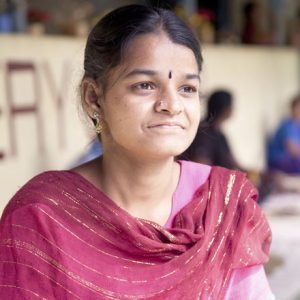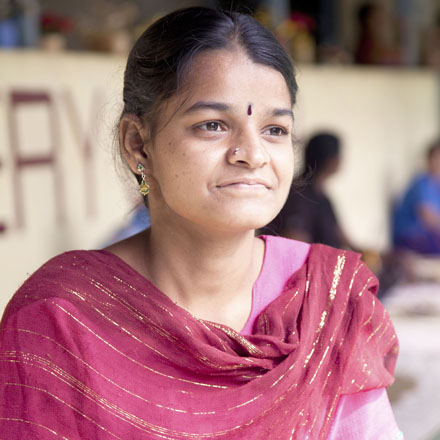Women with disabilities and from disadvantaged social groups in rural Andhra Pradesh, India are now claiming their right to land and housing with access to self-help groups, technical support and building grants.
This project works with vulnerable and marginalised women from some of the poorest communities in India.
These women are supported to gain the deeds to land and housing in their names, so they can escape poverty and raise their social status. Once they formally own the land people take part in building their own homes. They are also encouraged to take more of an active role in their community, as every village sets up a committee to oversee the building work taking place there. At least half of all committee members must be female, encouraging gender equality and social inclusion.
Since the programme began in 1996 land and homes have been provided for over 60,000 households.






